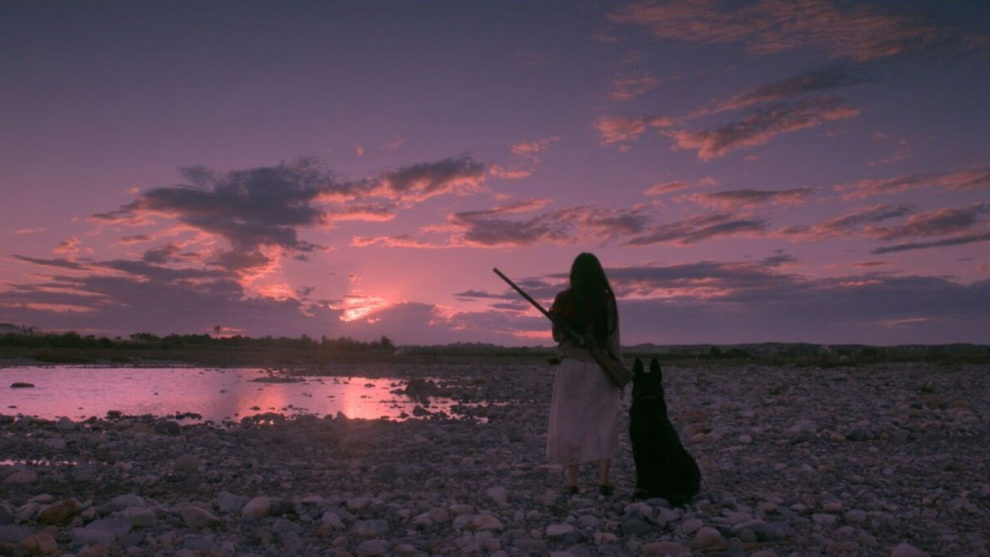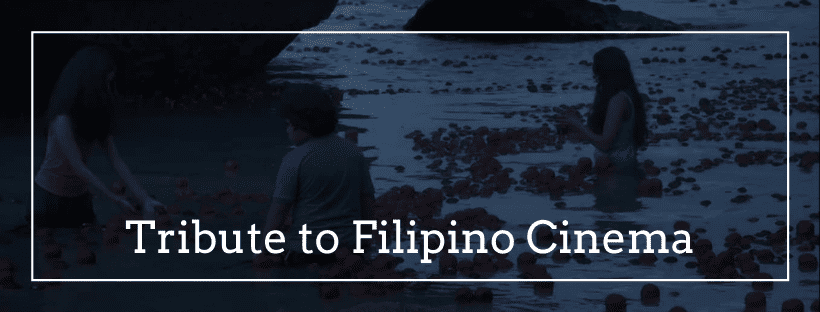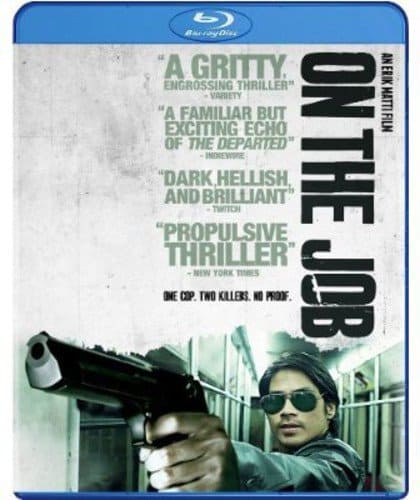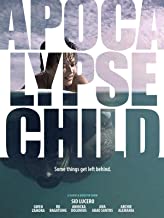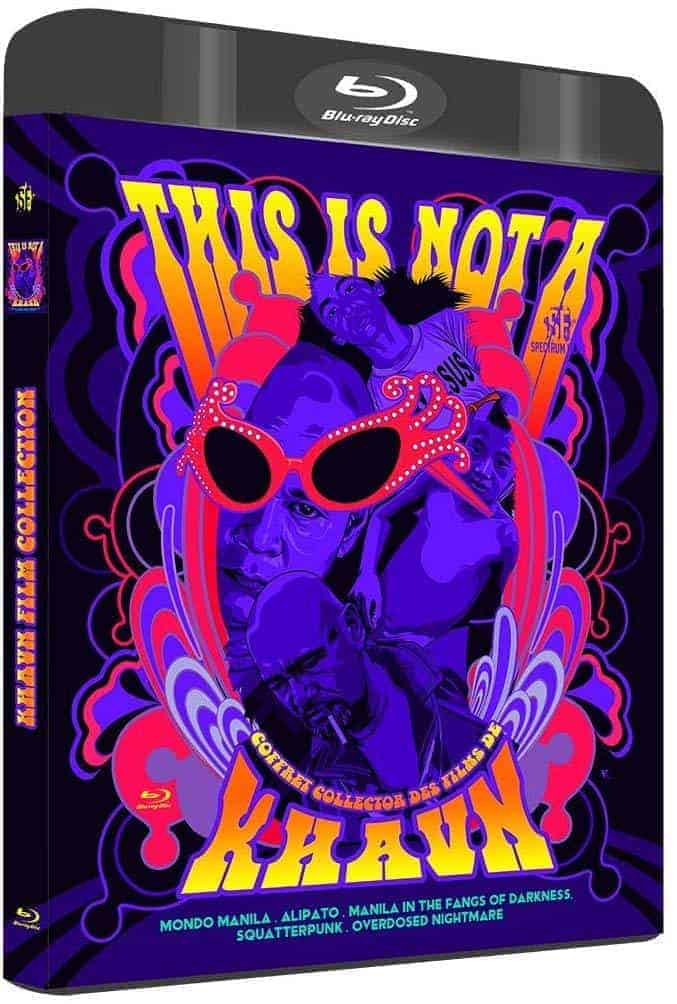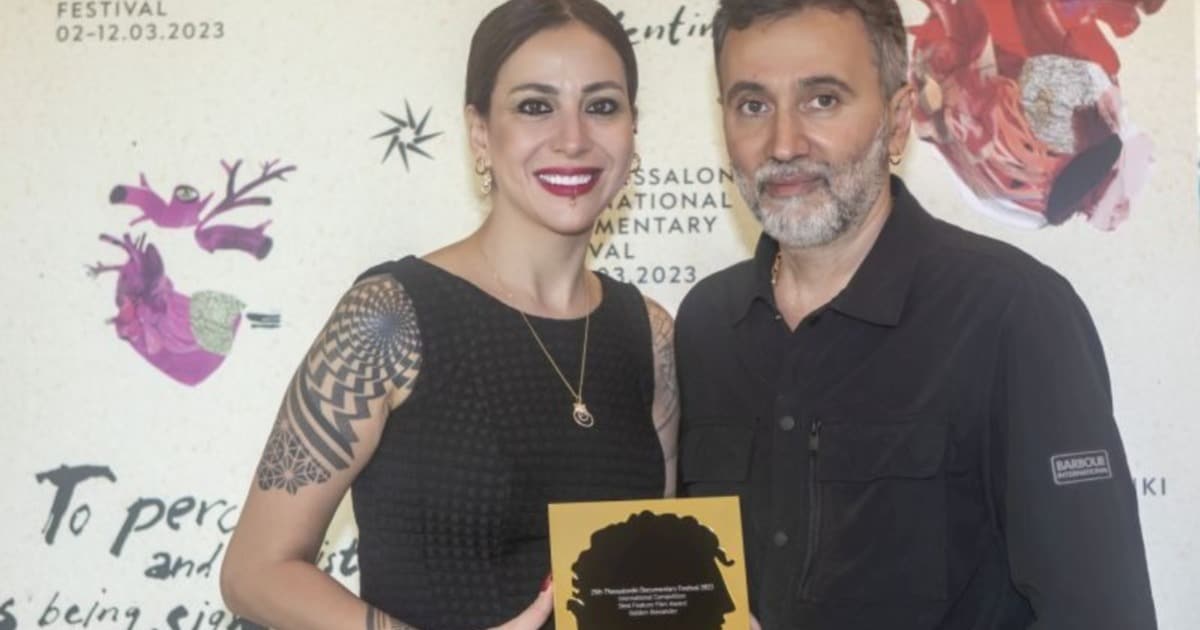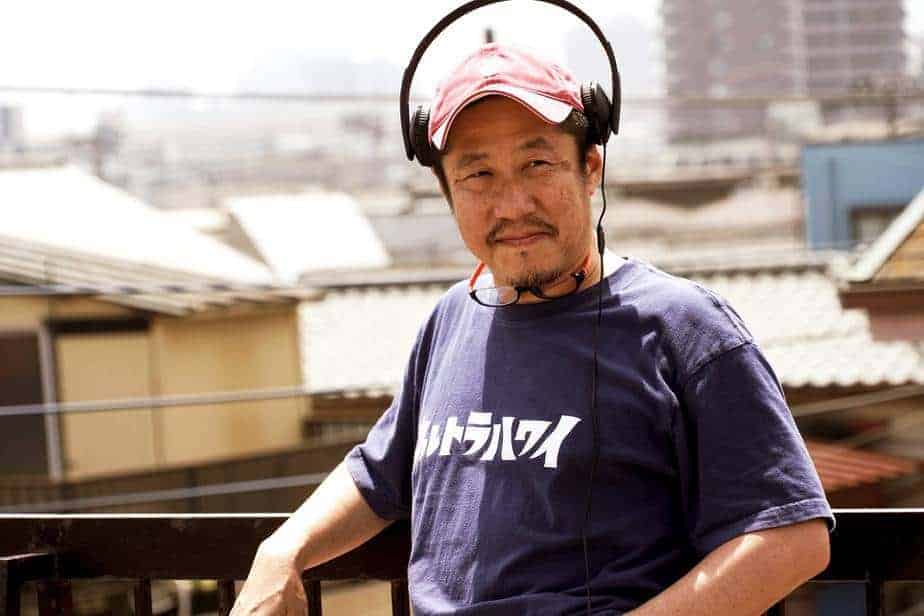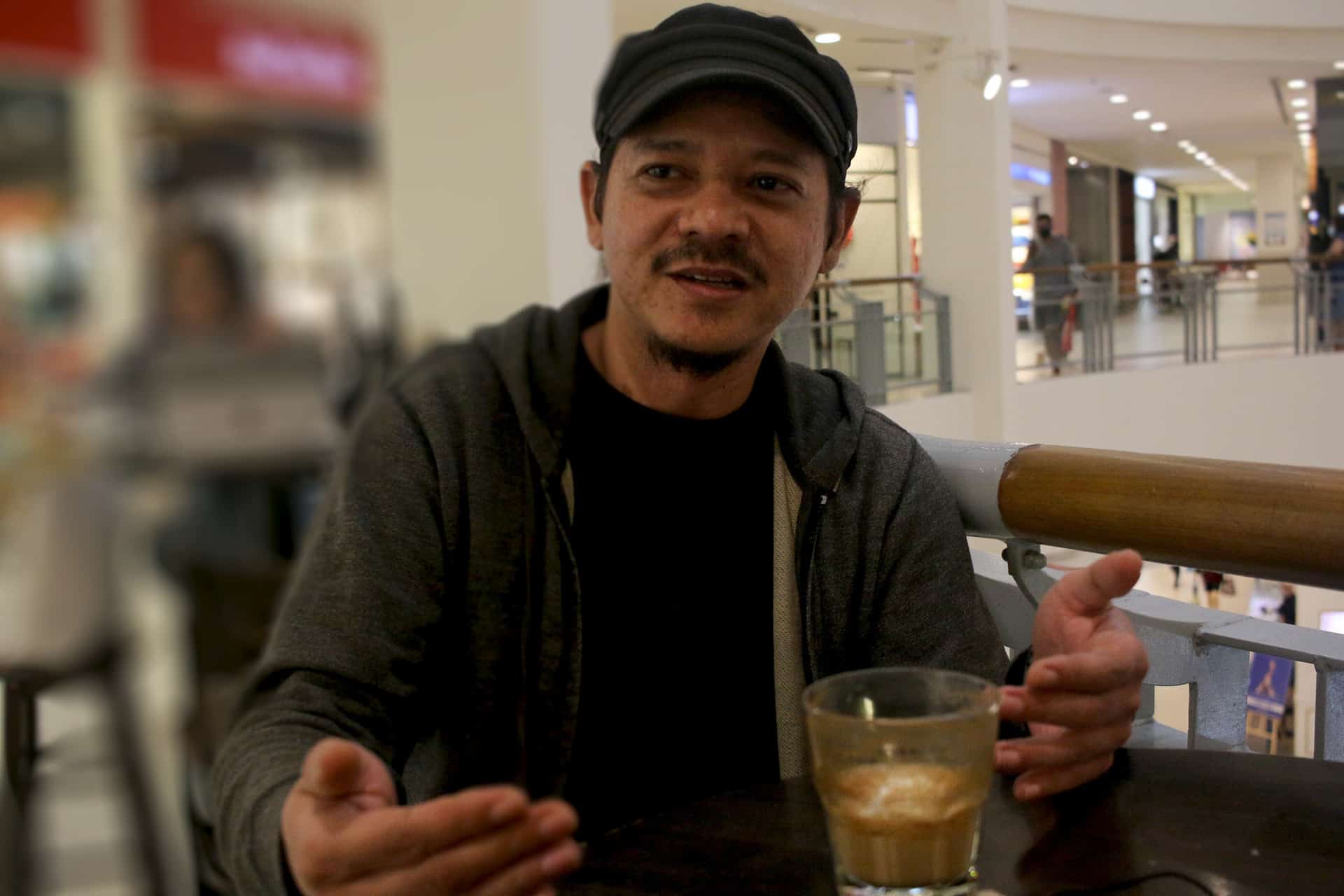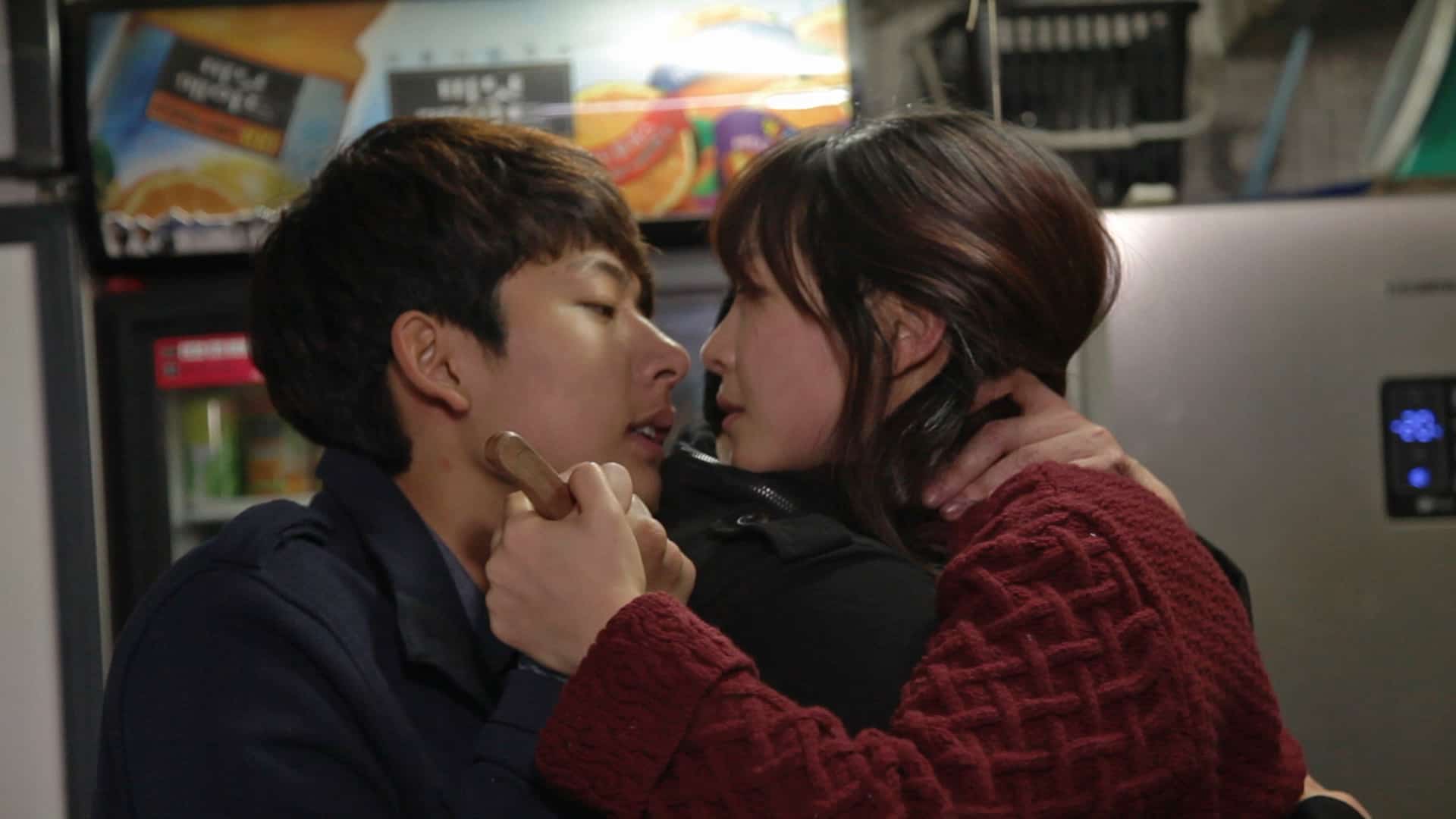Probably the only country whose cinema can rival the Japanese freedom of expression is the Philippines, where art, however, seems to come from completely different sources than the Japanese one; from financial and political instability, from the different stages of colonialism, from the intense impact of Catholicism, all of which create a rather chaotic setting that always benefitted art of any kind. It is due to this concept, as much as the richness of its cinematic past and present, that we have decided to focus so intently on the country's cinema this year. Granted, our knowledge of the past is not so intent, since AMP took a turn of covering a more wider part of Asia after 2019, which is why the particular list is the biggest among the ones focusing on the various decades of Filipino cinema.
Without further ado, here are 35 great Filipino films of the 00s, with a focus on diversity as always.
1. Palawan Fate (aka Busong, 2011) by Auraeus Solito

The style focusing on the imagery of beautiful Palawan reinforces the links between the stories and their narrators and, in the same time, the main idea of the film. Despite a rather disturbing message, “Busong” is very tranquil in style. The cinematography of Louie Quirino has the capacity to stun whether we speak of the landscapes or of underwater takes. It suggests the well paced rhythm of the film and it is very easy to dive in the beauty. Sometimes it seems that Solito, Quirino and even the film`s editor Chuck Gutierrez dived a little bit too deep or just enjoyed the digressions too much.
2. Thy Womb (2012) by Brillante Ma Mendoza

Through a rather brutally realistic approach, Brillante Ma Mendoza directs a film that portrays life in a very poor area, (the island of Tawi-Tawi) focusing mostly on the marriage traditions, which are actually arranged between elders and include dowries of cash, whose amount depends on the “quality” of the bride, as we see in one instance when the father of the bride mentions the fact that his daughter is educated, and therefore a higher amount is demanded. Apart from what happens before the wedding, Mendoza also portrays an actual ceremony, with the colorful clothes of the bride and groom, their dancing and the music taking center stage. Marriage notwithstanding, the movie also focuses on the fishing habits of the locals, the selling of bananas, their religious customs, and in general, their everyday life, which Odyssey Flores's handheld, frequently shaky camera, captures with documentary-like realism.
Check our whole tribute by clicking on the image below
3. Big Boy (2012) by Shireen Seno
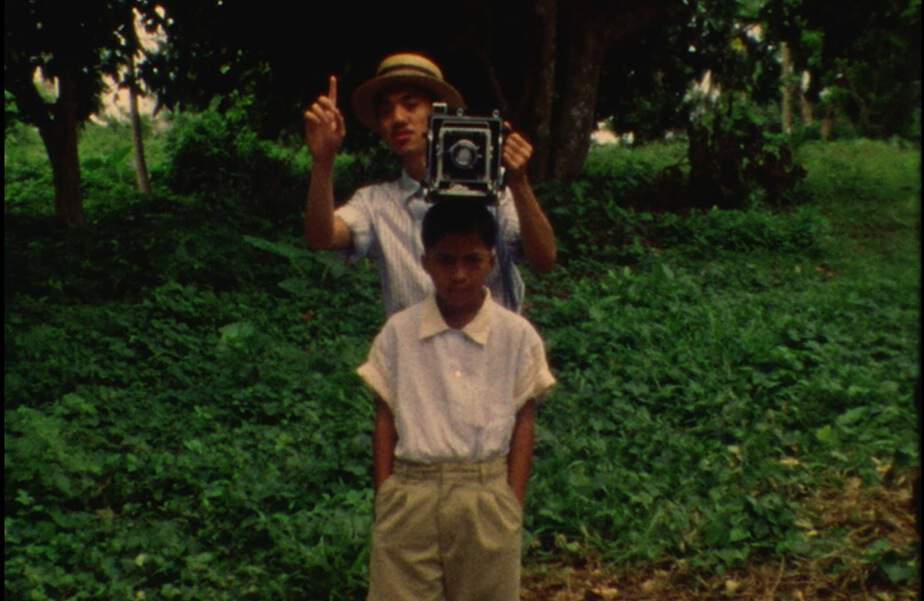
The description of the plot of the film might give the impression that the story is about how the boy fights against the wishes of his parents at first, and after his adventures throughout the movie, he reconciles with his parents and learns some lessons about life. This, however, is not the case at all. In fact, “Big Boy”‘s loose narrative structure, its uses of amateur actors, and its documentary quality, make it more akin to Francois Truffaut's “400 Blows”. (I-Lin Liu)
Watch This Title
4. On the Job (2013) by Erik Matti

Erik Matti directs a genuine crime thriller that shows its nature from the first sequence, with the two hired assassins killing the drug dealer among a parade in the street. This initial sequence introduces the characters, and the second one, that consists of live footage, the setting of the story, where violence, corruption, and utter disregard for human life are the main rules. The first scene is also indicatory of the visual style of the film, which features a number of lengthy single shots, equally impressive presentation of the prison, the slums, and life on higher circles, in combination with the almost perpetual music, which, occasionally, gives the film a music video essence. In that fashion, Francis Ricardo Buhay III's cinematography is outstanding, as it focuses on the hard realism of life in the Philippines. The same applies to Jay Halili's editing, who changes the pace from rapid in the action scenes, to relatively slow in the dramatic ones, perfectly fitting the film's general aesthetics. Ervin Romulo's music and a great soundtrack consisting mostly of guitar-dominated tracks provide a great background for the events unfolding on screen.
Buy This Title
5. Ruined Heart: Another Lovestory Between a Criminal and a Whore (2014) by Khavn
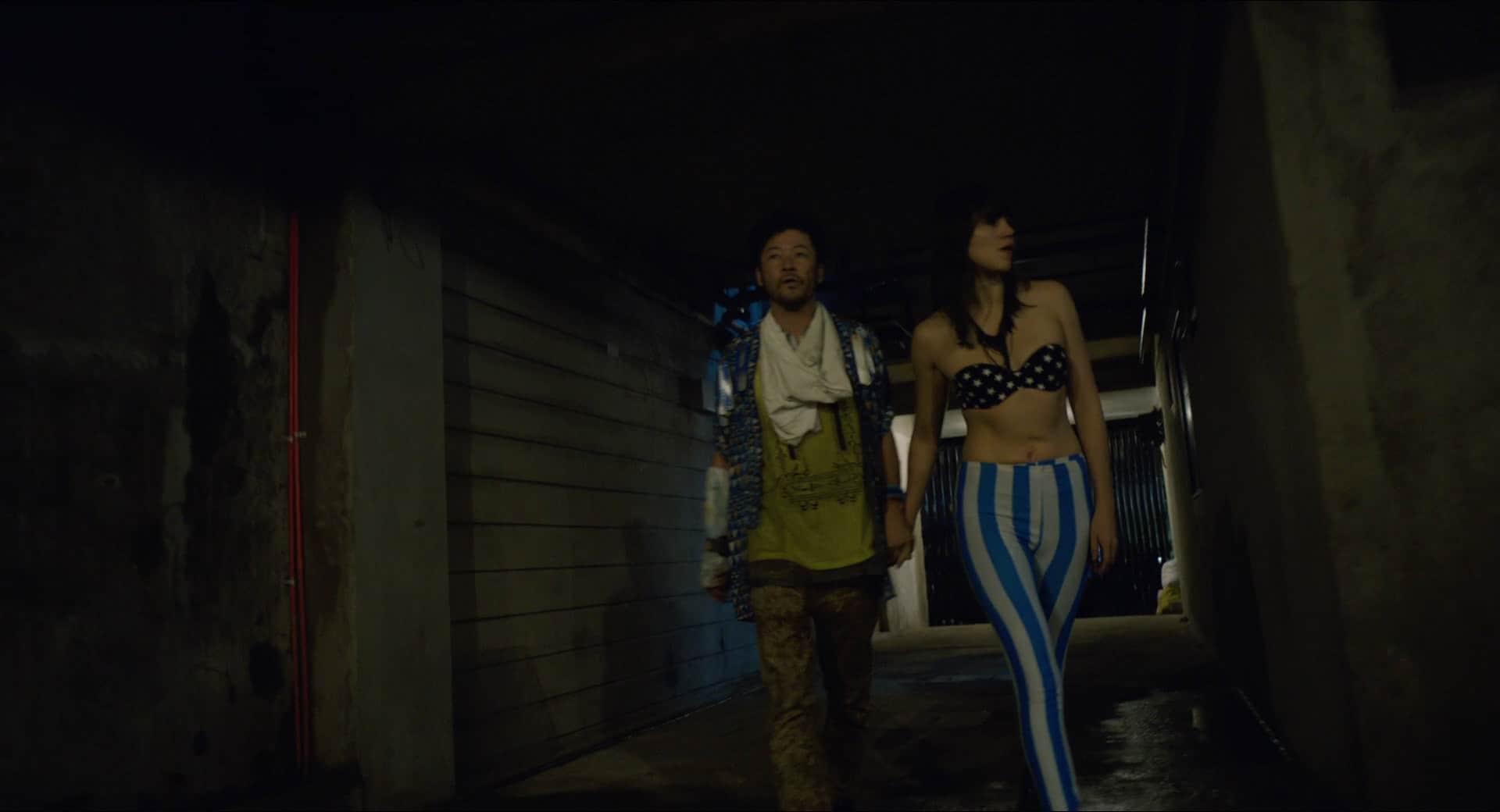
Khavn shot the 73-minute film in utter guerrilla fashion, in 4 days and in six different places in the metropolitan Manila. Having just a little more than one hour to incorporate his ideas in the film, he does not waste any time and the initial scene of the film presents the story through a number of newspaper headlines. Subsequently he makes an artistic presentation of the protagonists, one by one. Although the story eventually becomes clear, the narration is by no means traditional and actually looks like a collage of the director's notions. In that fashion, the spectator becomes witness to a scene in a brothel where everybody has sex while a band is playing live, a sex scene that includes a phonebook and a picture of the Madonna, and constant changes between tranquility and rapid scenes of chasing and violence. The dialogues are quite scarce and have been replaced by a plethora of perpetually altering songs, as music is actually one of the protagonists of a film that quite often looks like a video clip.
Buy This Title
on Terracotta

6. Heneral Luna (2015) by Jerrold Tarog

“Heneral Luna” is a strange amalgam of a film, particularly due to Jerrold Tarog's presentation of the titular character. On the one hand, the opinions of his comrades, the Americans, and of the common people for the most part are a true dithyramb, as they praise both his military skills and him as a person. On the other hand, the hardness with which he admonished punishment and his general ‘iron-fist' rule brought him much hate, from politicians, members of the ruling class, and fellow generals, in an aspect that shows that he was not exactly perfect. This second element is what prevents the movie from becoming an hagiography, since his faults are also exhibited, extending to his relationship with his wife. At the same time, this contradiction makes it rather hard to understand the outcome of the portrait Tarog wanted to present, essentially detracting from the characterization, as it seems that he was struggling between portraying a perfect hero and a faulty man. (Panos Kotzathanasis)
7. Apocalypse Child (2015) by Mario Cornejo

Mario Carnejo directs a very entertaining film, that is based much on his and Monster Jimenez's (who co-wrote the script) sense of humor (the scene where Chona makes her first appearance is a distinct sample), the dark secrets that shape the relationships of the characters, and the beauty of both the scenery and the actors. The concept of the children born by the affairs the crew of “Apocalypse Now” had with locals functions as a base, but is not addressed so much, as the film focuses on the antagonism between Ford and Rich, and the obvious erotic triangle that was bound to happen at some point. The entertaining aspect is also stressed by a number of artistically shot but definitely steamy sex scenes, and the fact that most of the protagonists usually roam around half naked. In that fashion, the film functions much as Hollywood productions in the setting of the beach. (Panos Kotzathanasis)
Buy This Title
on Amazon by clicking on the image below
8. Birdshot (2016) by Mikhail Red

Since the Korean CJ Entertainment was involved in the production, I expected one of those crime thrillers that have given Korean cinema the place it holds at the moment in international cinema, and for the most part, I was not wrong. However, Mikhail Red went a step forward, by combining Korean crime-thriller aesthetics with a sense of the supernatural (not presence, just a sense) so frequently appearing in Filipino cinema, which worked quite well in the film, as it captivates the interest of the spectator from the beginning. Furthermore, the mystery that permeates the story keeps it interesting until the end. (Panos Kotzathanasis)
Buy This Title

9. People Power Bombshell: Vietnam Rose Diary (2016) by John Torres

“People Power” is a fascinating account of the nature of cinema. Torres not only lets the cast of the original film improvise for the footage, but also keeps their comments of the footage in the final product. In other words, the film incorporates an audience of itself within itself. In addition, Torres makes the quality of the film stock of the original film part of the “performance” of “People Power”. The degradation, distortion, or to put it simply the material of the old film stock becomes another character in the film. We have to see them constantly intervene or participate in the actors' performances on screen. Perhaps it is not surprising that at the end of the film, Torres gradually zooms in on the film itself, and for a while all we can see is that shapes, dots, and lines exist within the film stock. The noise becomes the message. It might be argued that, Torres creates a situation where the audience needs to contemplate on the material nature of the film; not unlike when the characters cannot do anything with the typhoon, but looking at it. (I-Lin Liu)
10. Alipato: The Very Brief Life of an Ember (2016) by Khavn
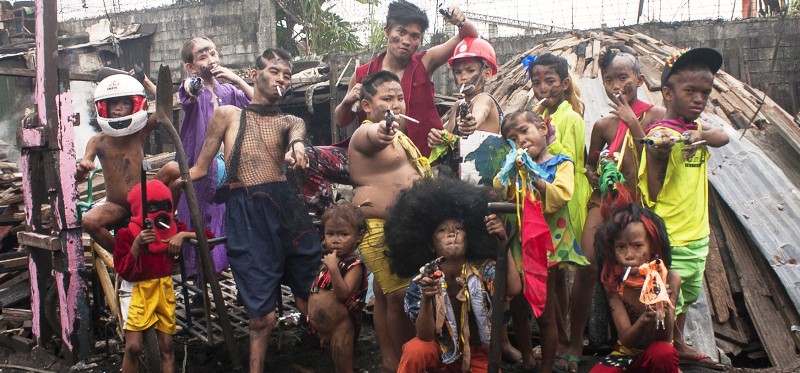
Khavn directs and pens a truly chaotic film, that seems more like a collage of his extreme thoughts than an actual film. However, here lies his biggest trait, since, through all that images and absurd sequences, he manages to tell a story quite clearly, despite the evident surrealism. Furthermore, music is almost constant in the movie, frequently making it look like an extreme music video, much like Sogo Ishii's “Burst City.” although in a more contemporary way. In that fashion, the film's music plays a very important role, and Brezel Göring and Francis de Veyra do a great job in the score and in the arrangement of the various tracks, which are composed by Khavn, Bing Austria and others.


